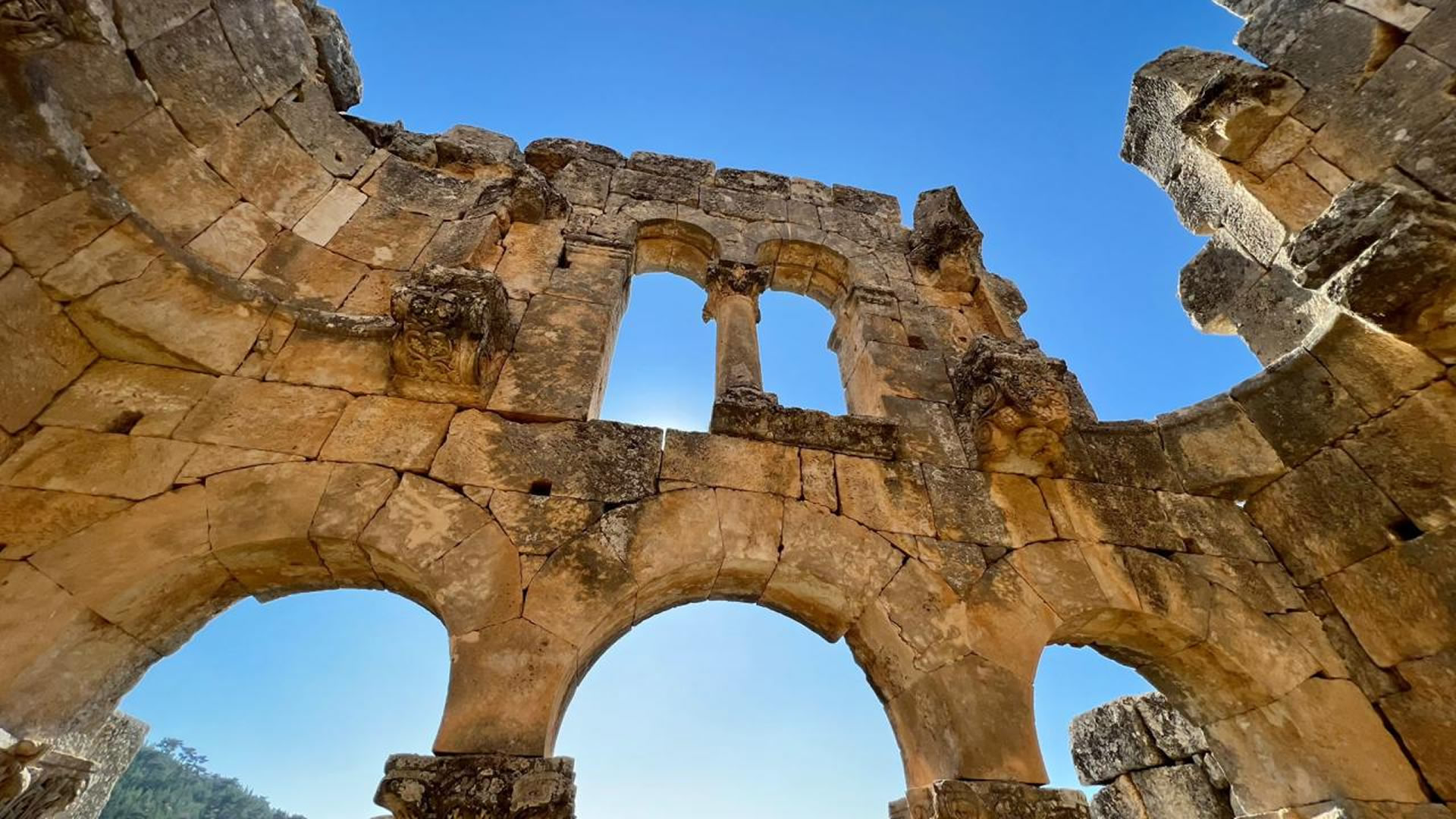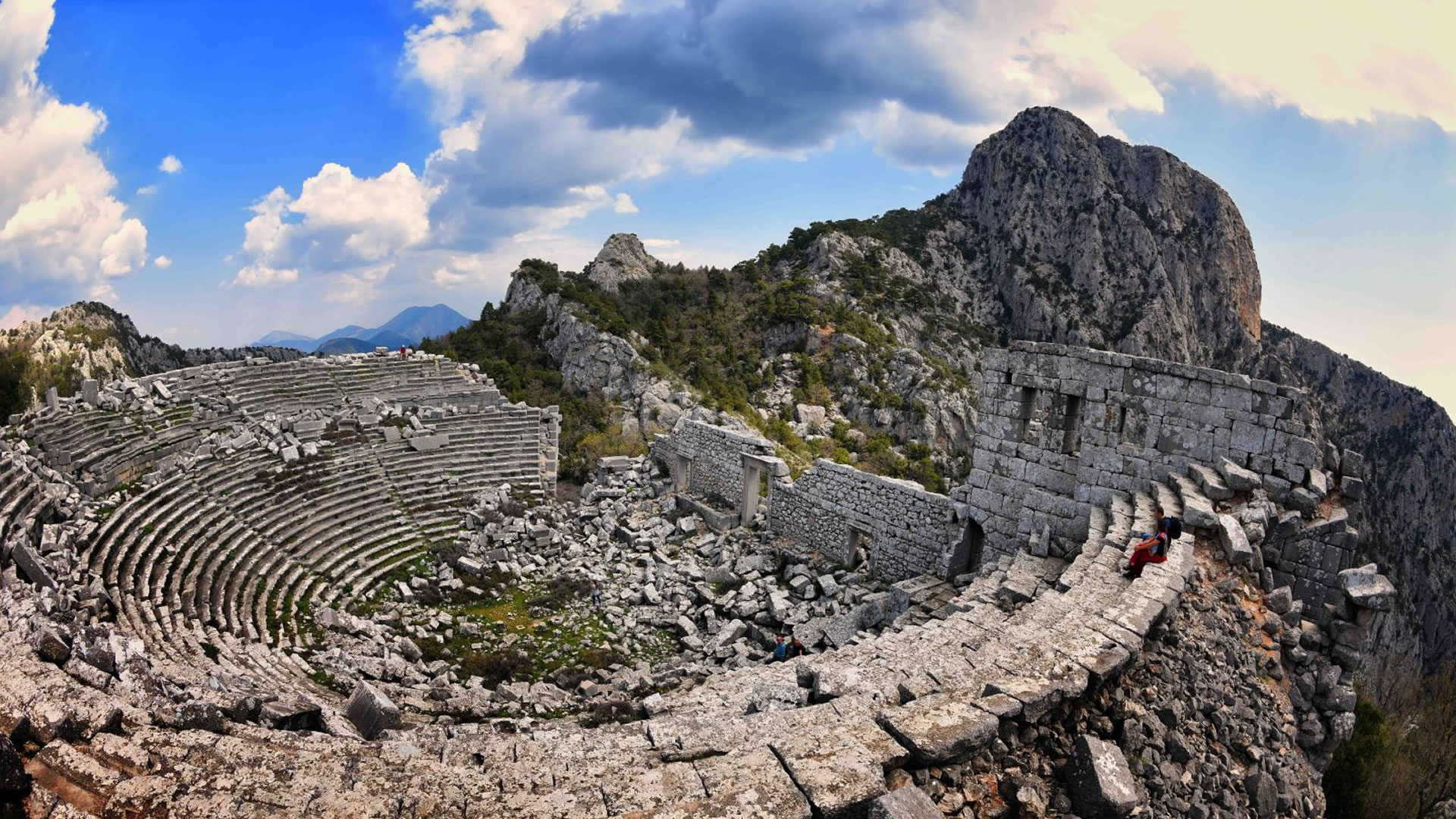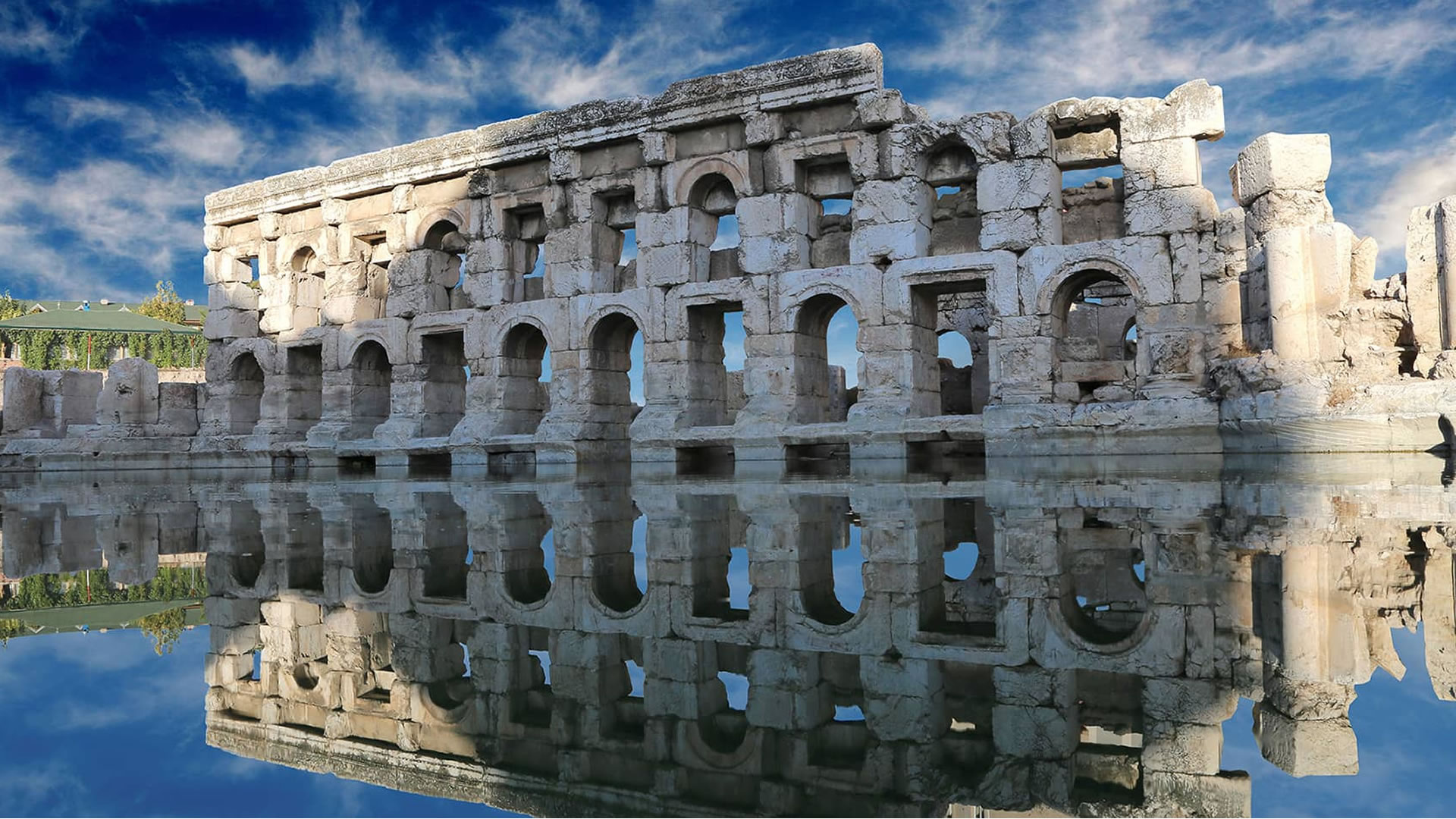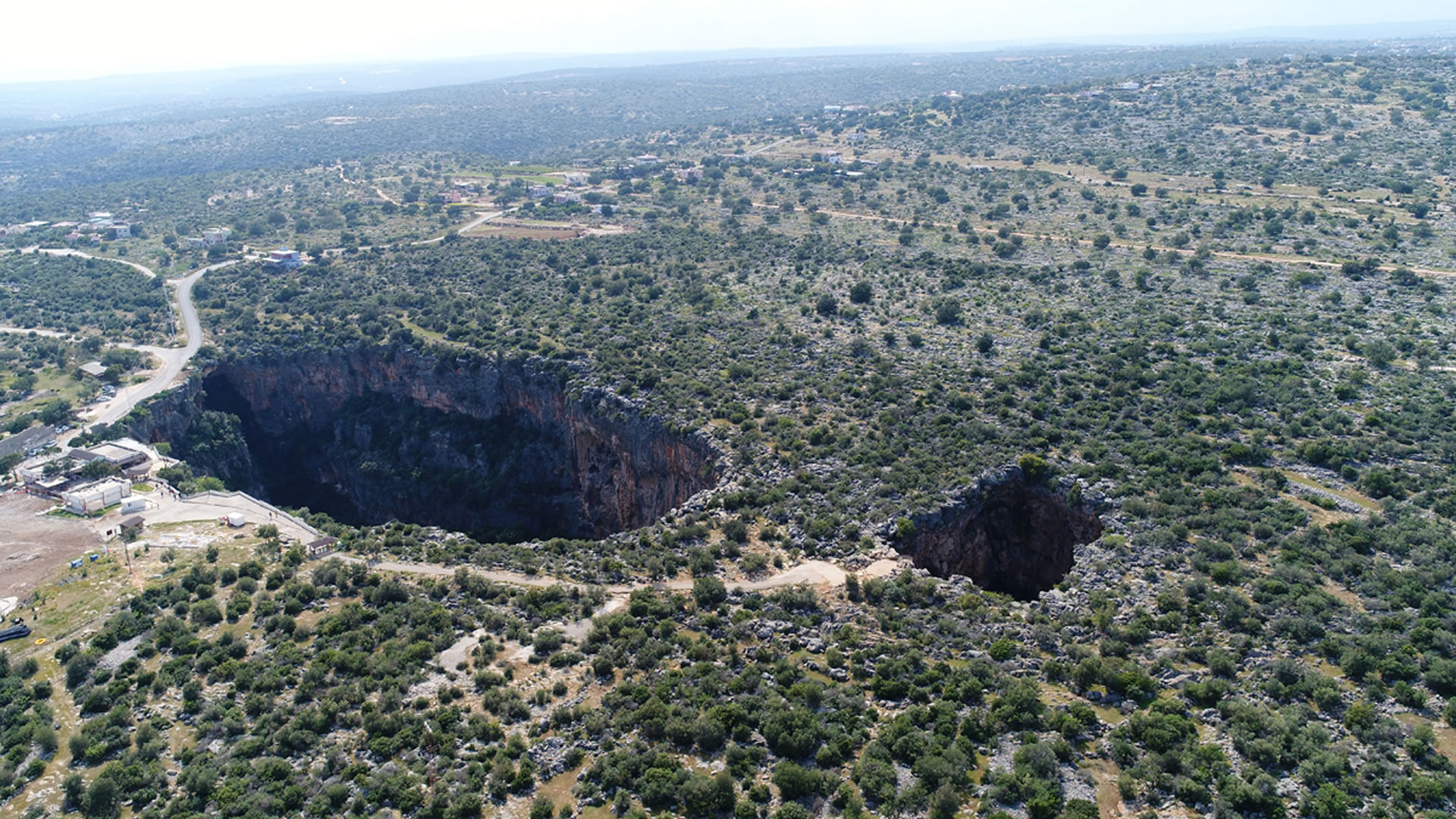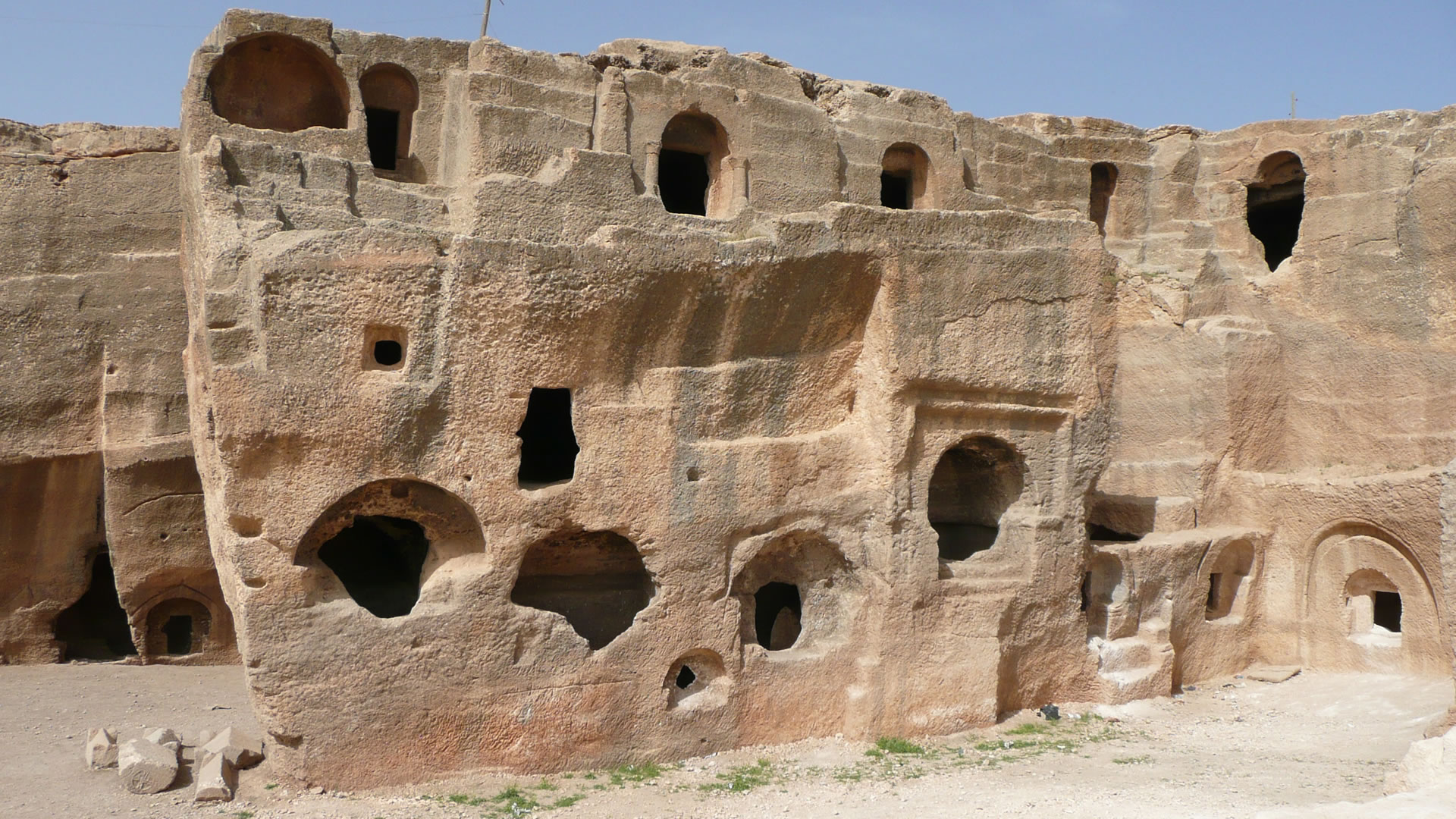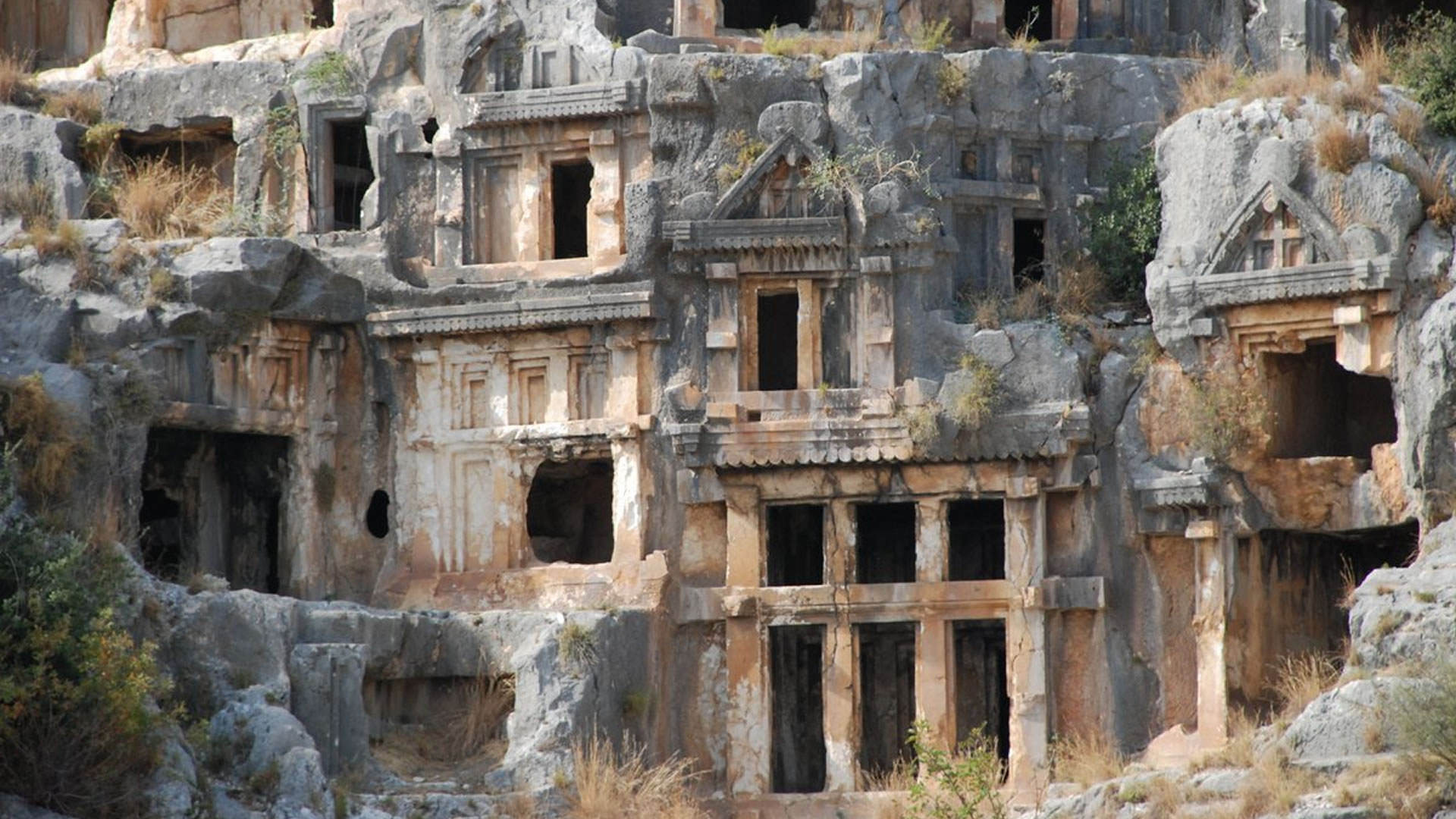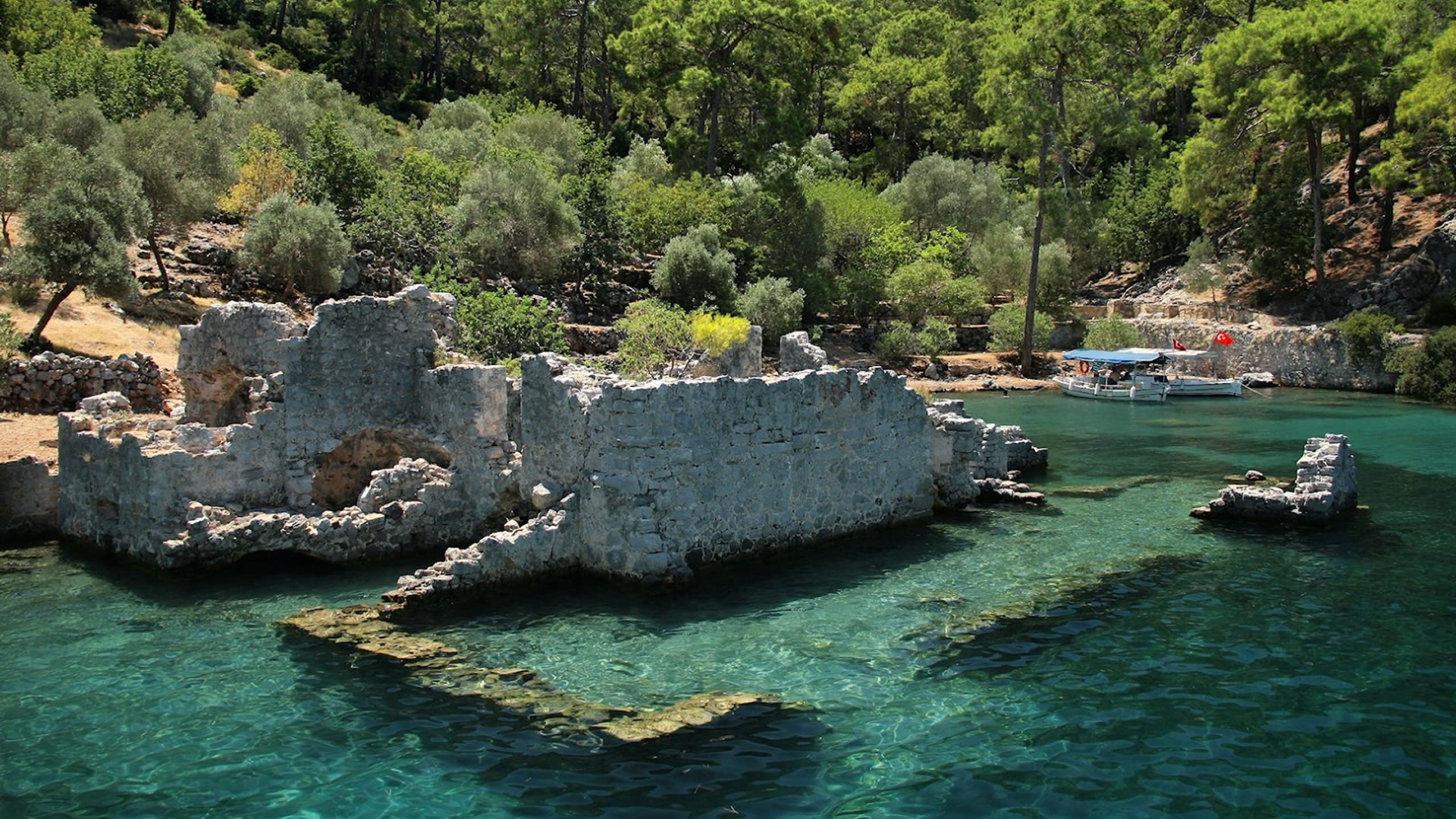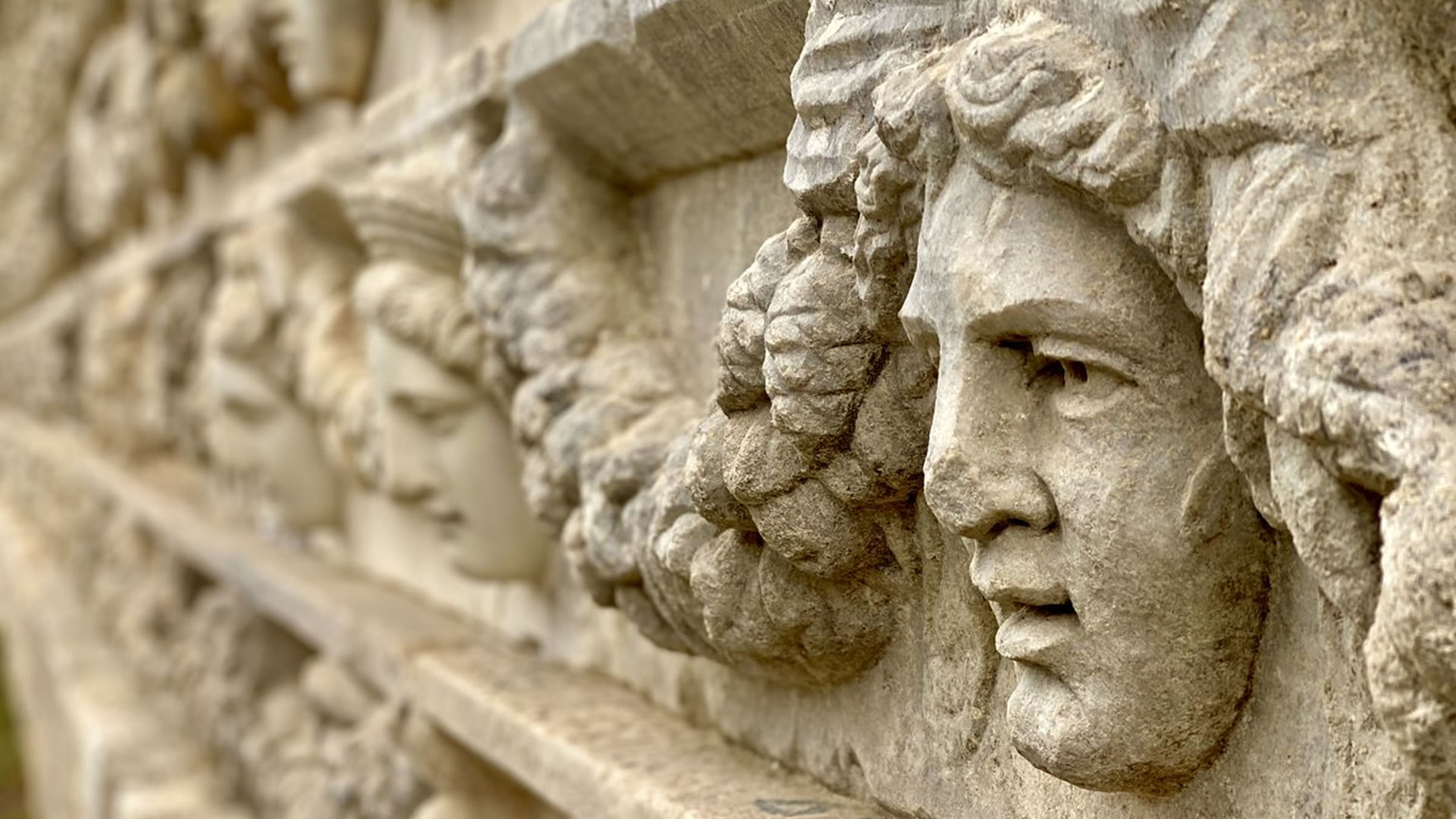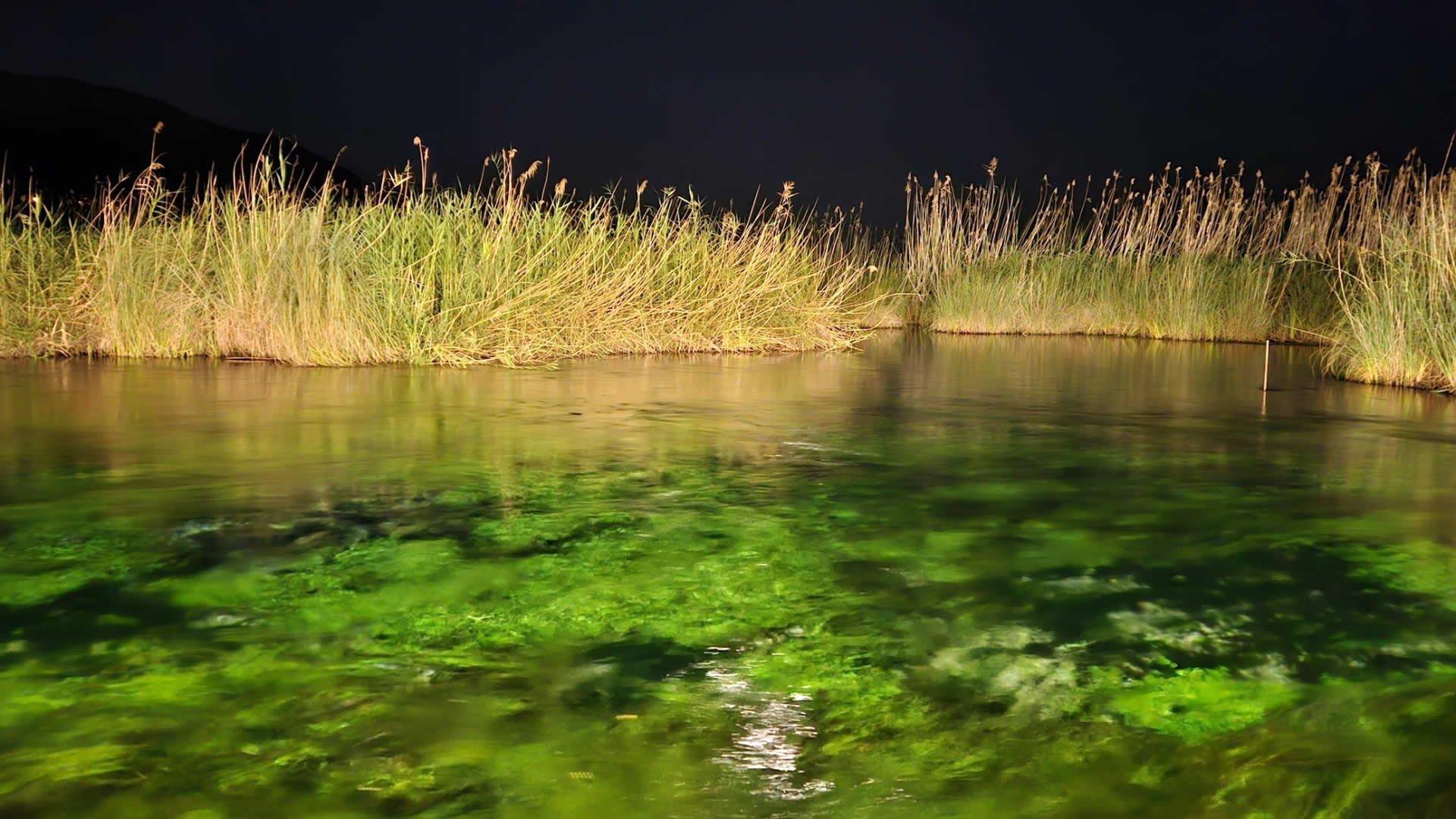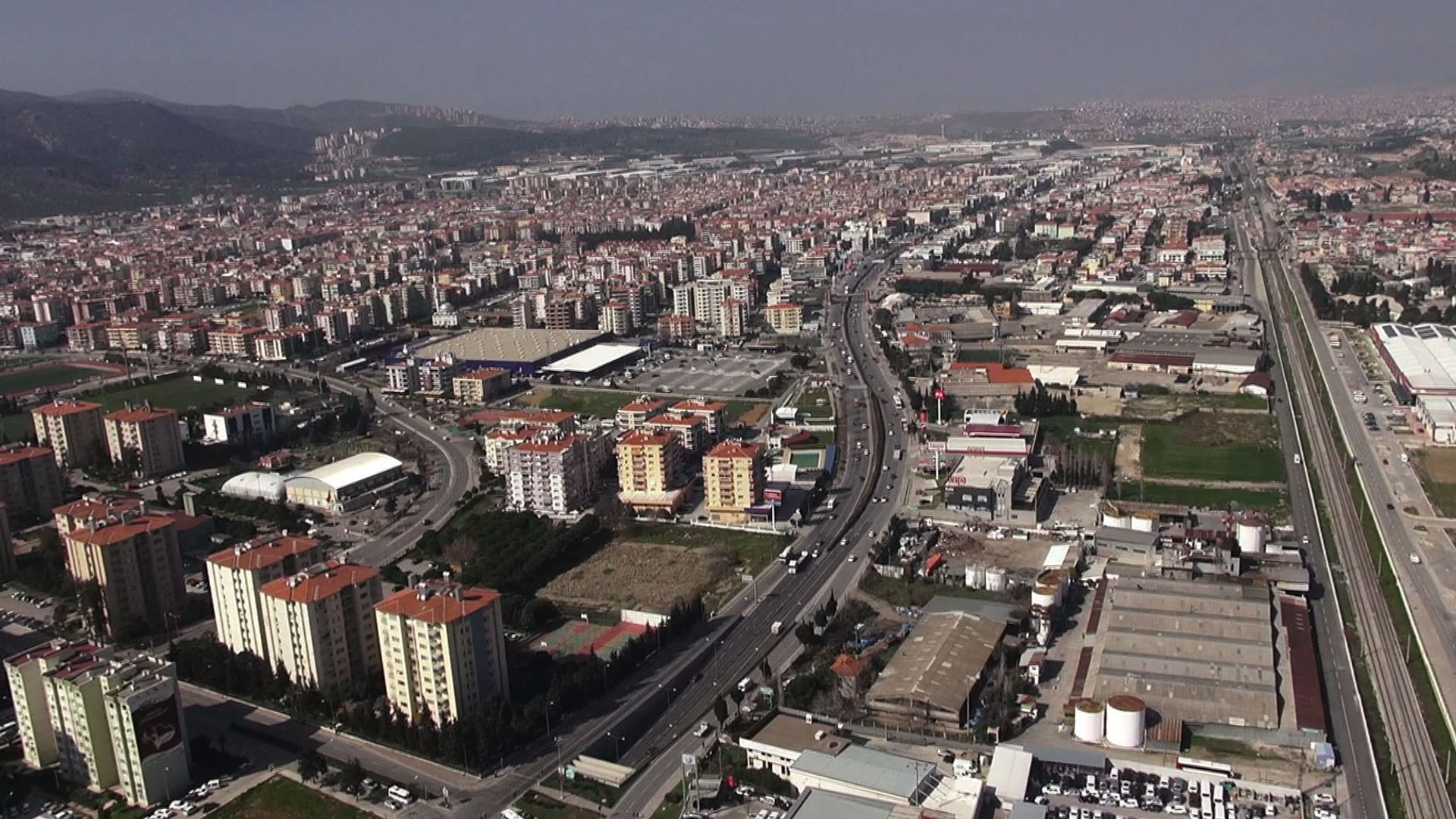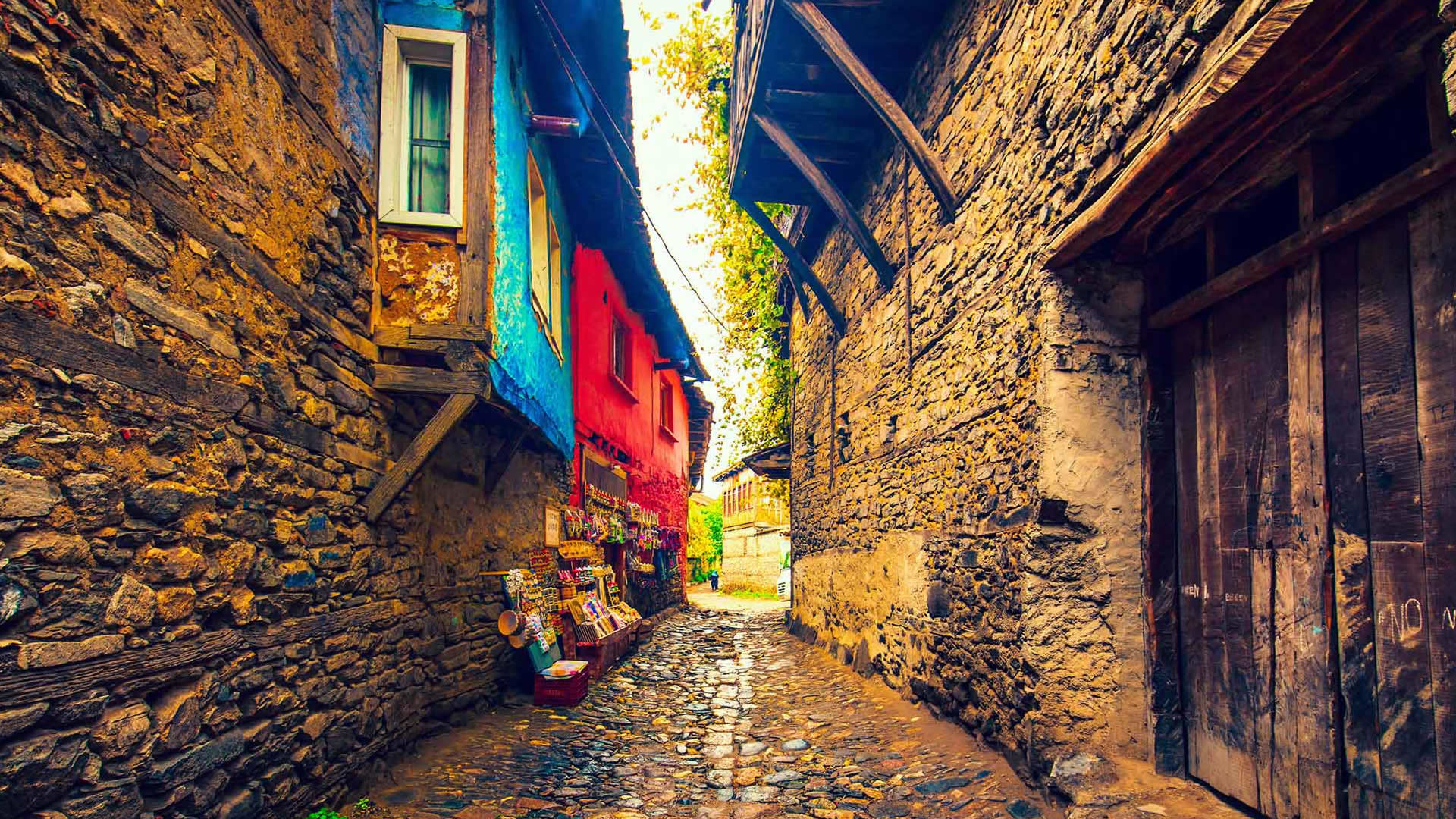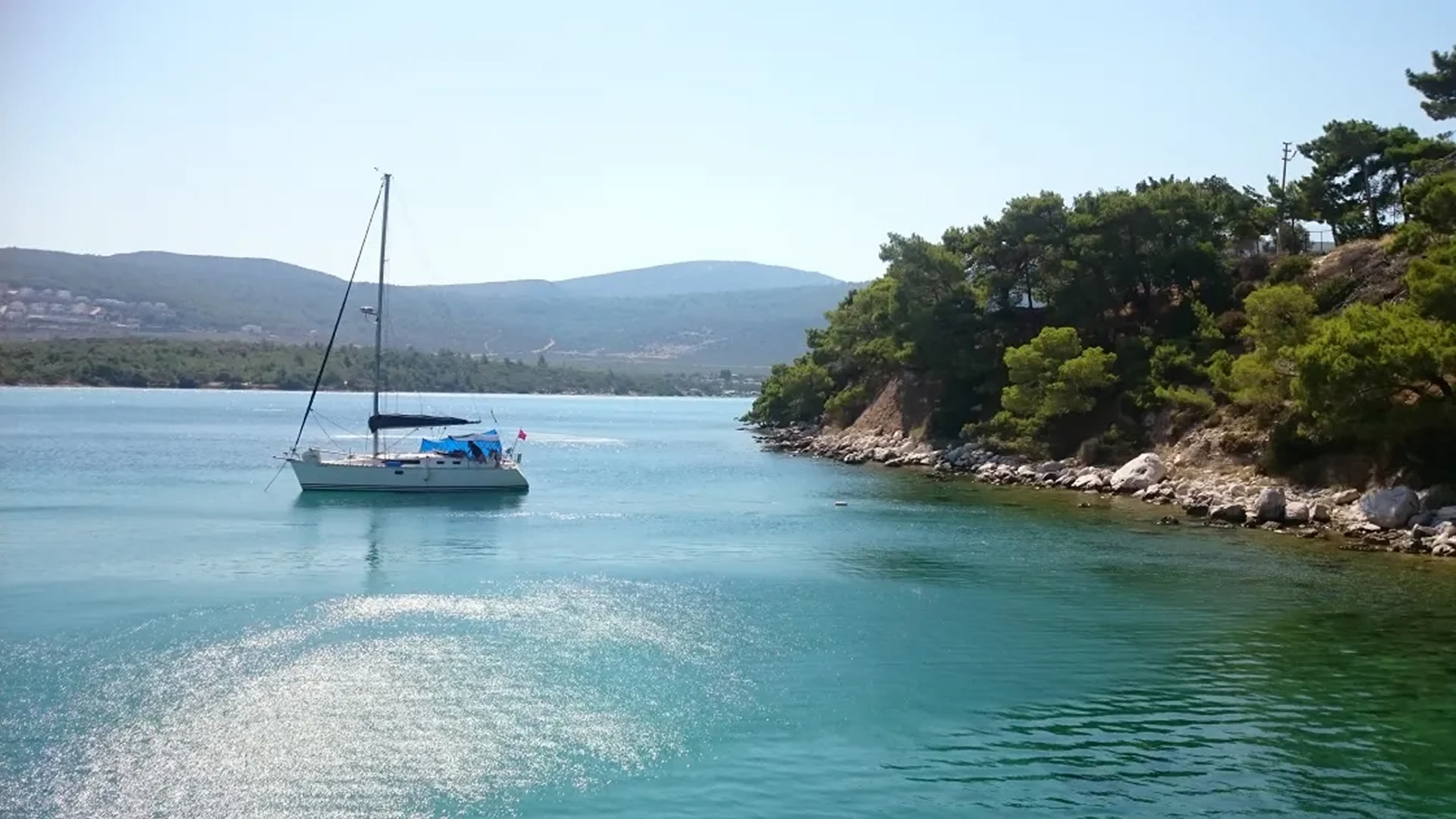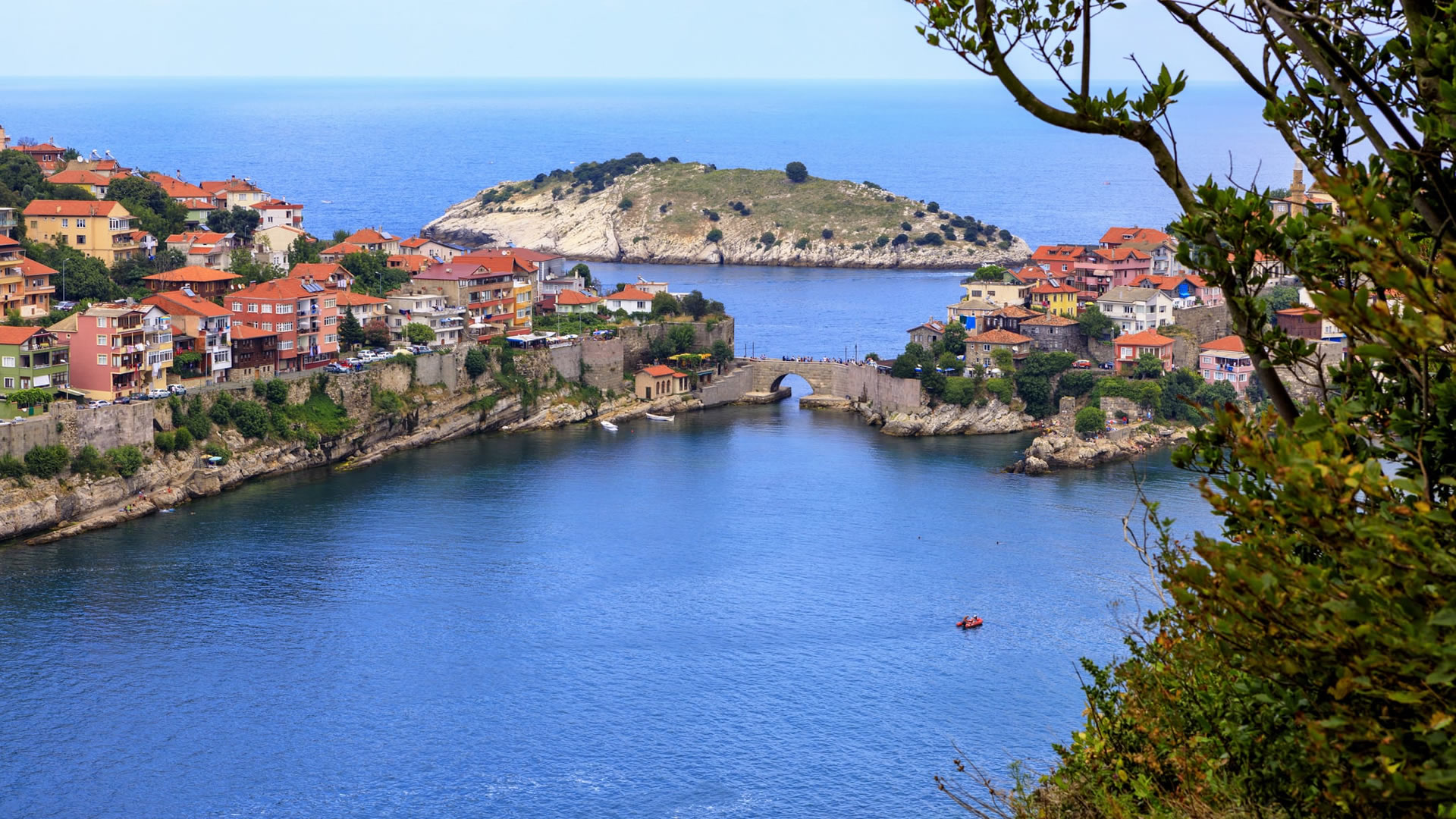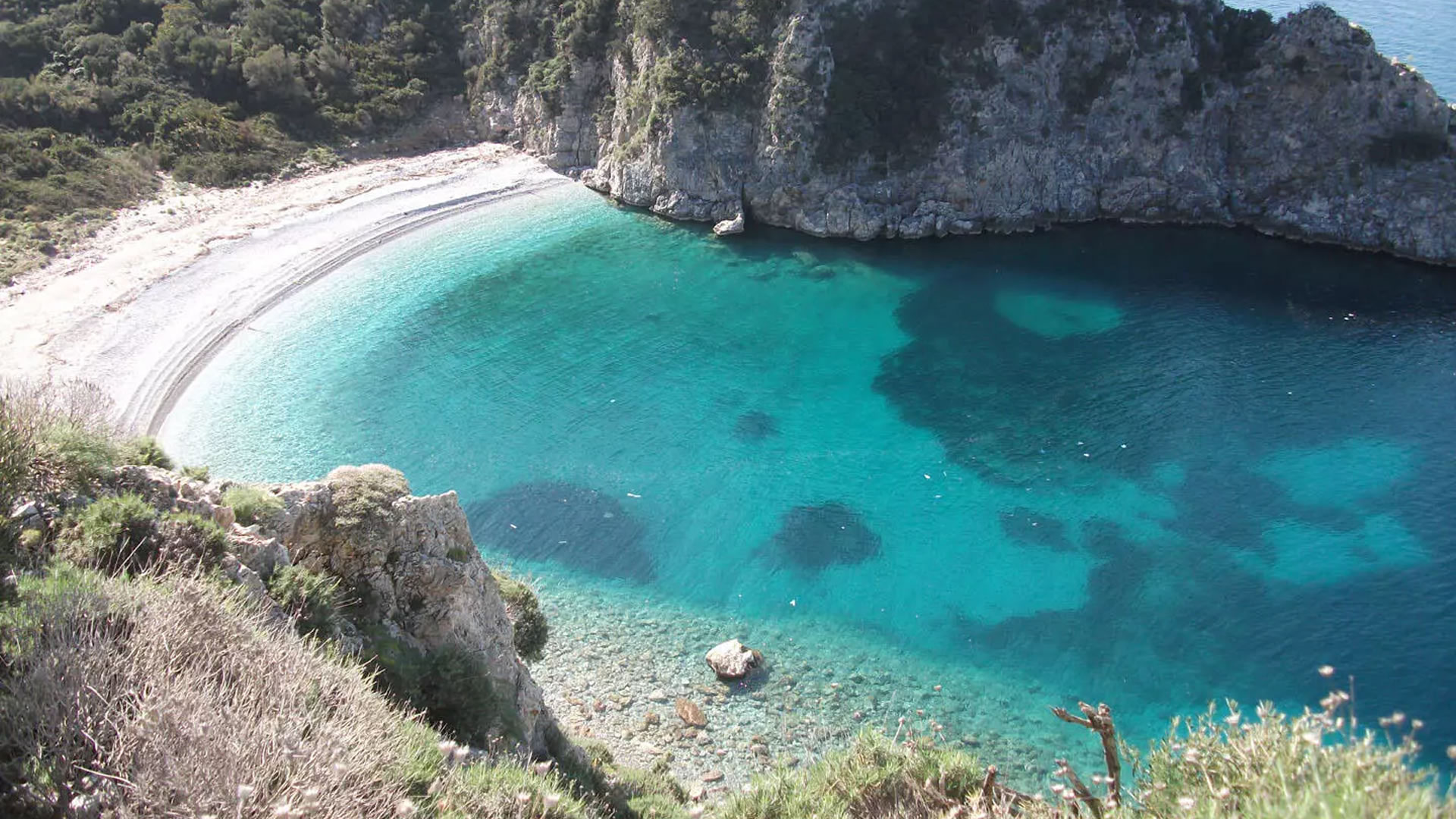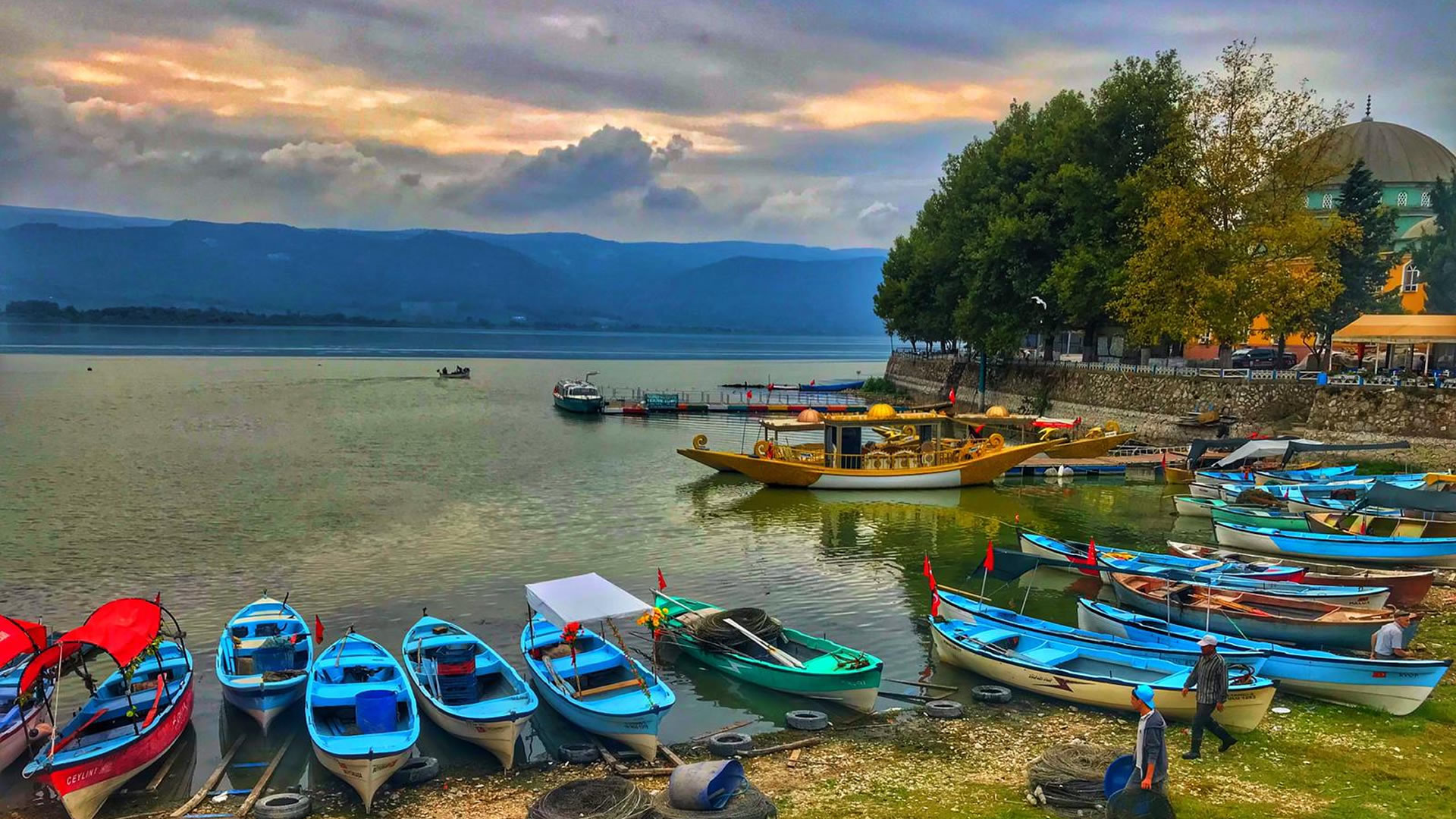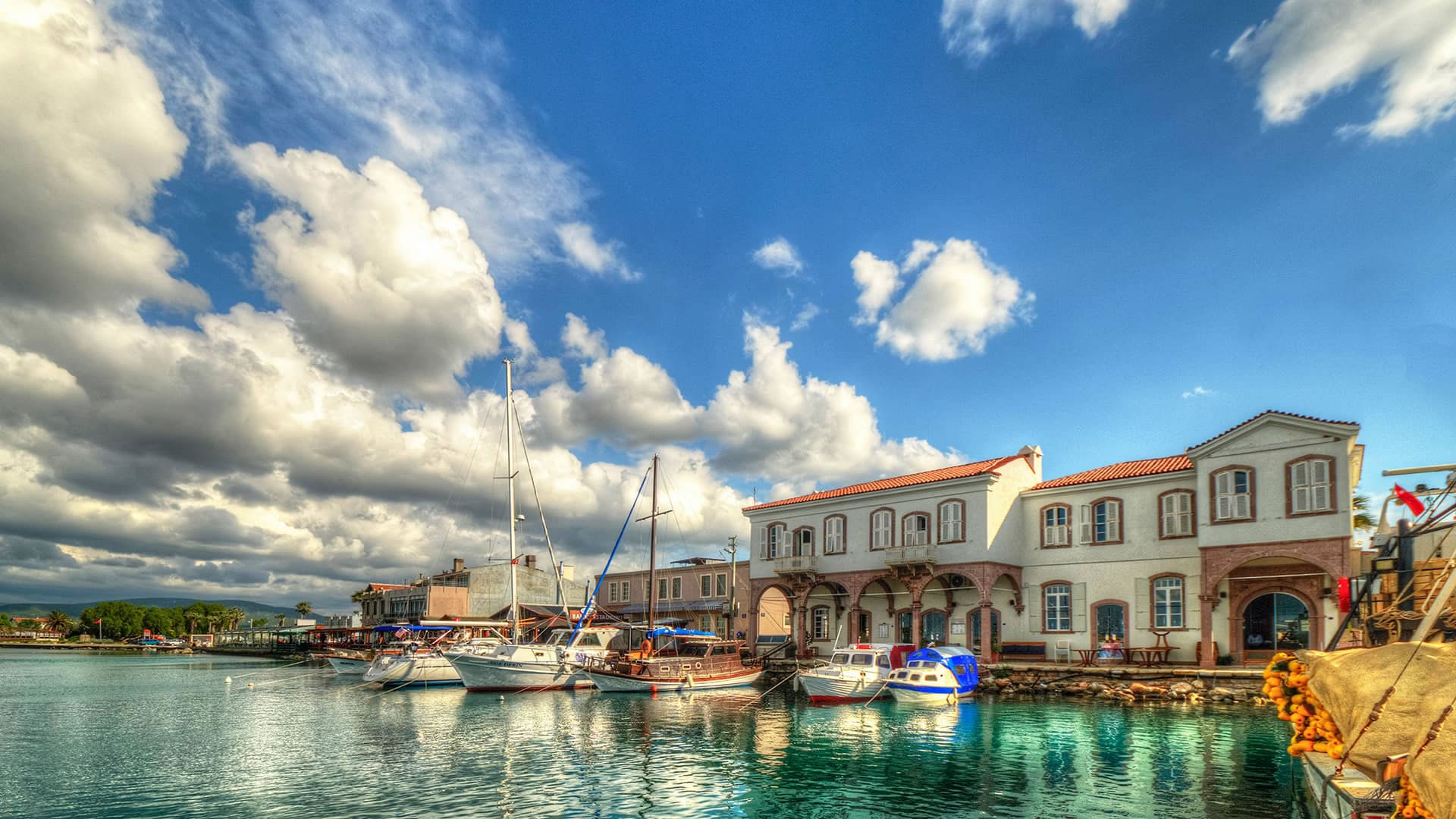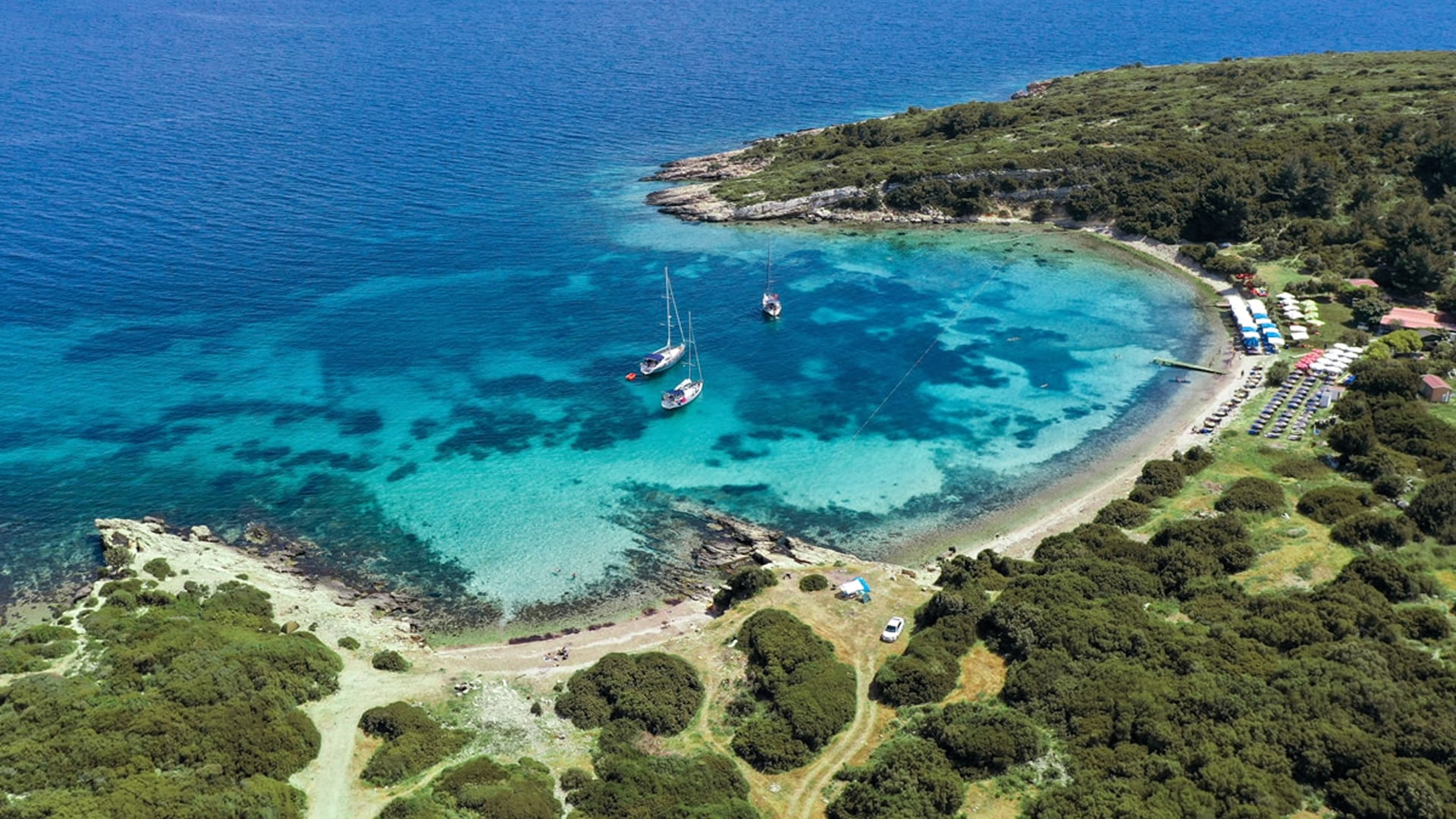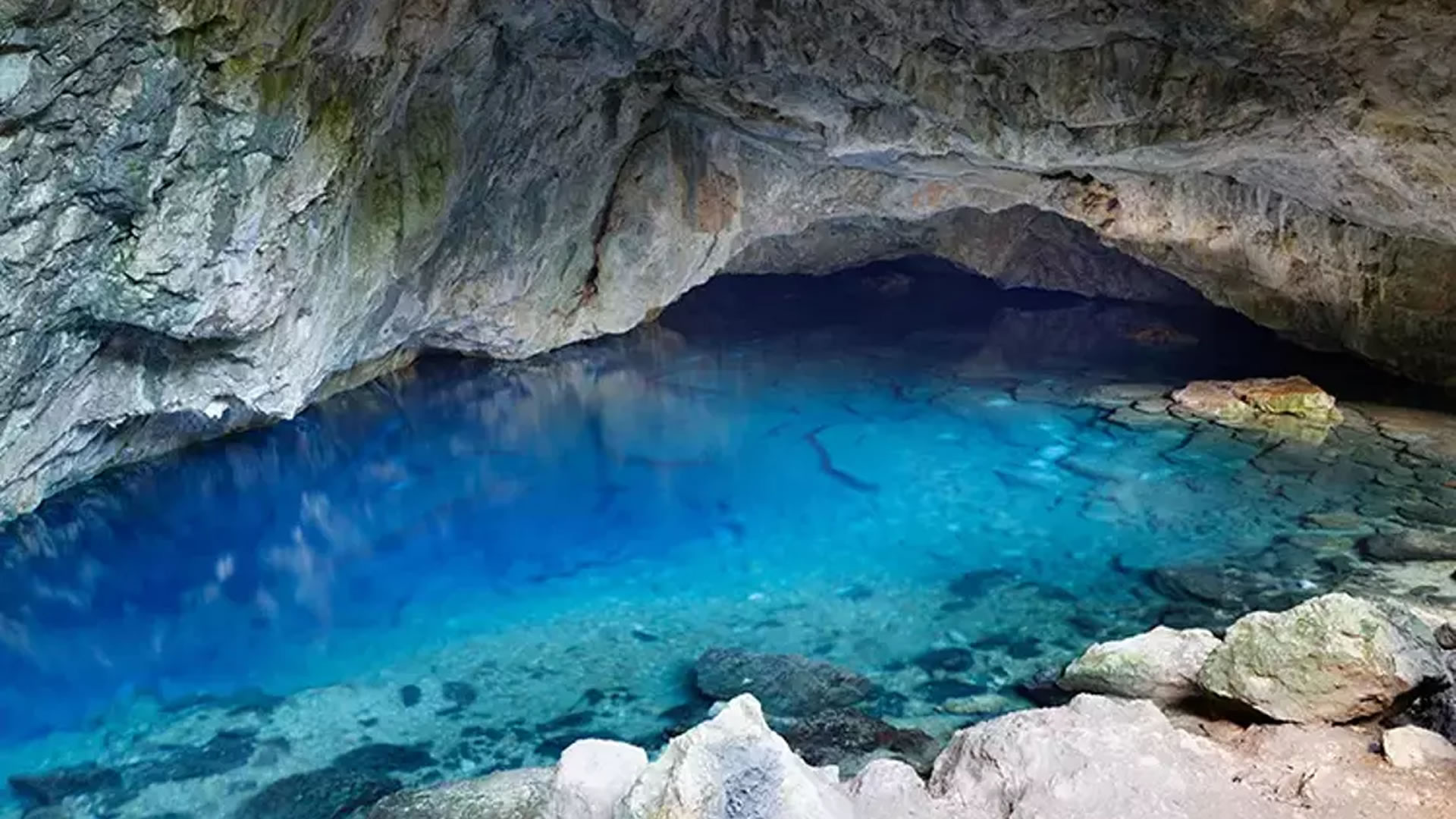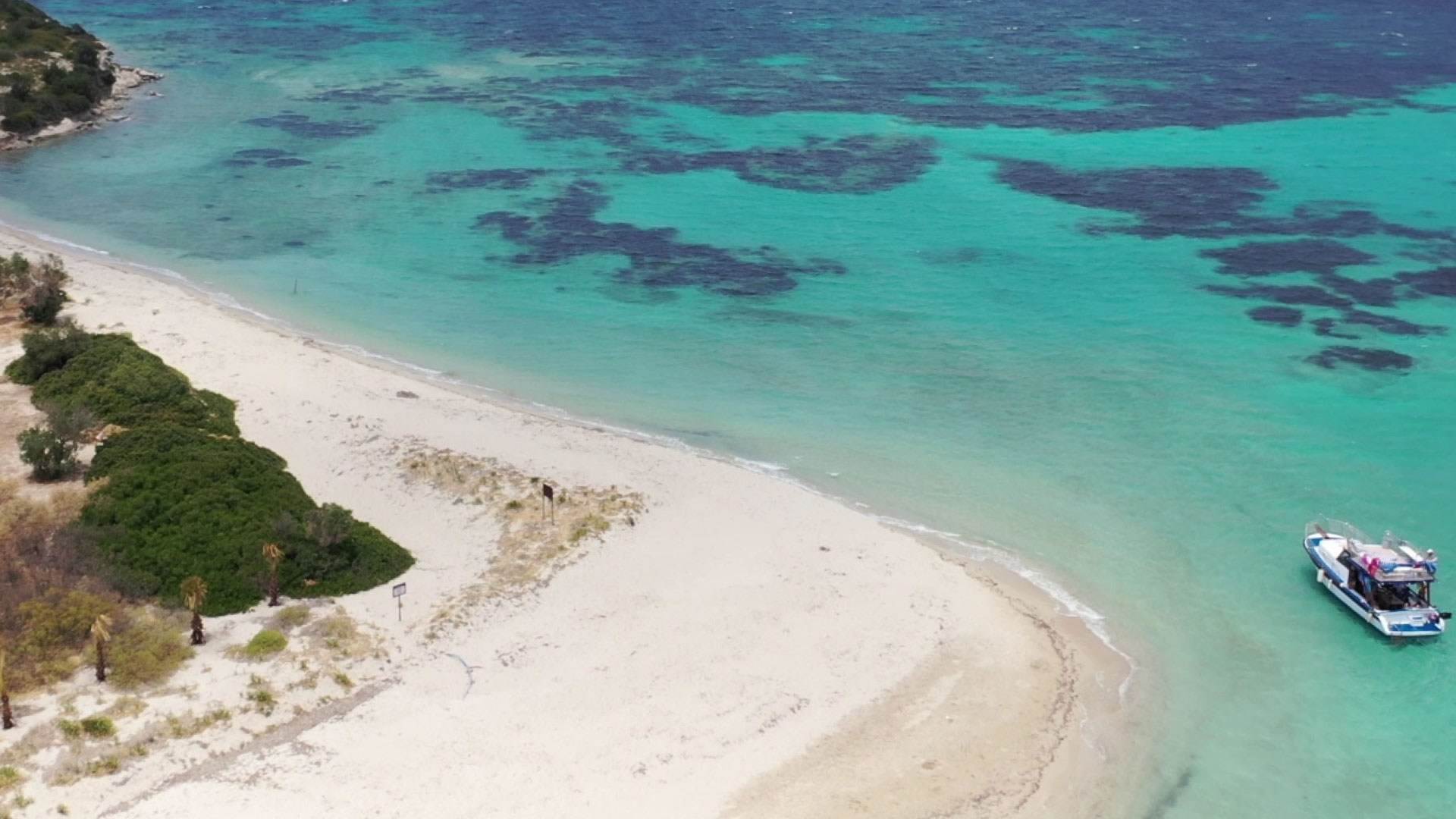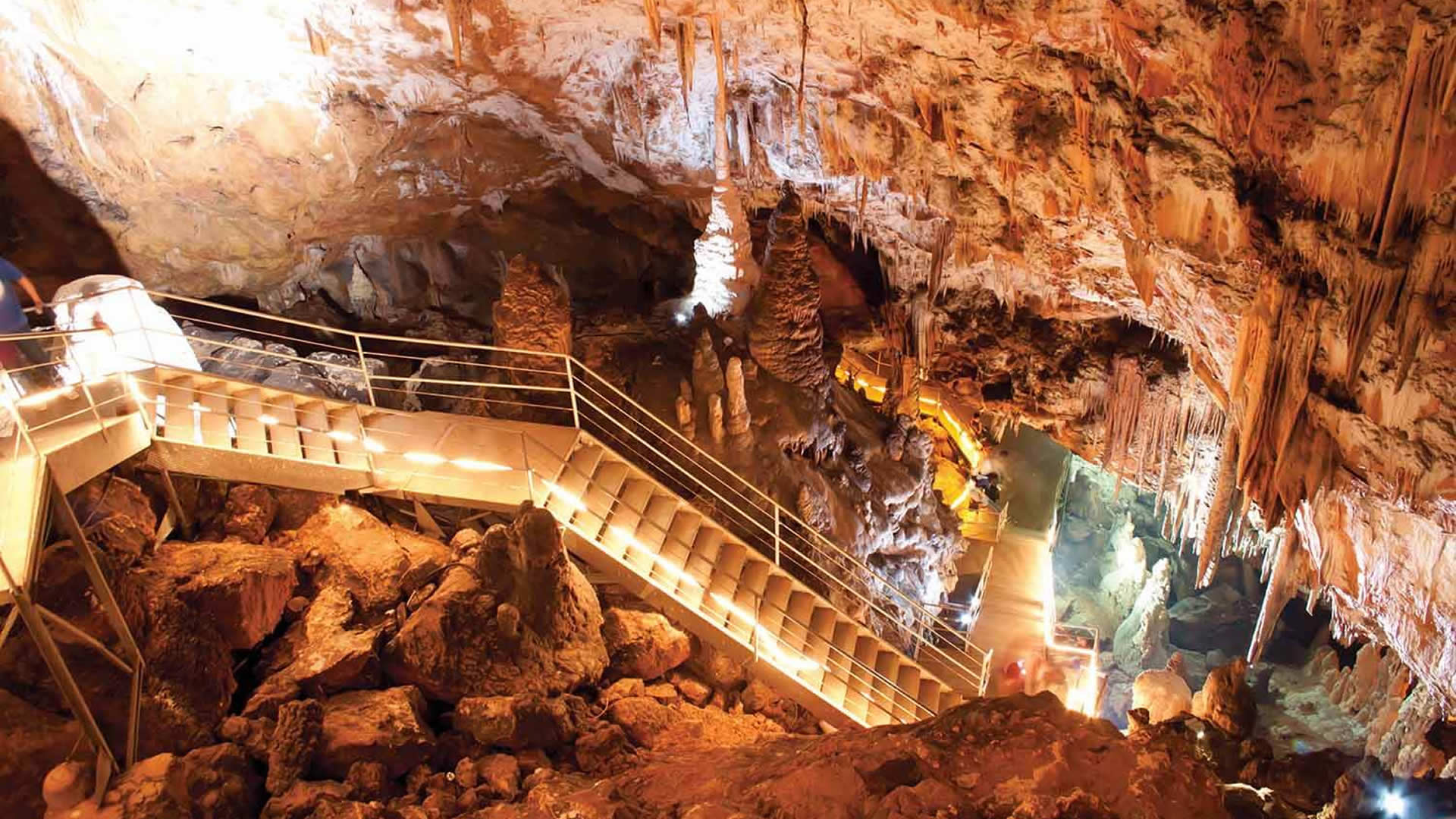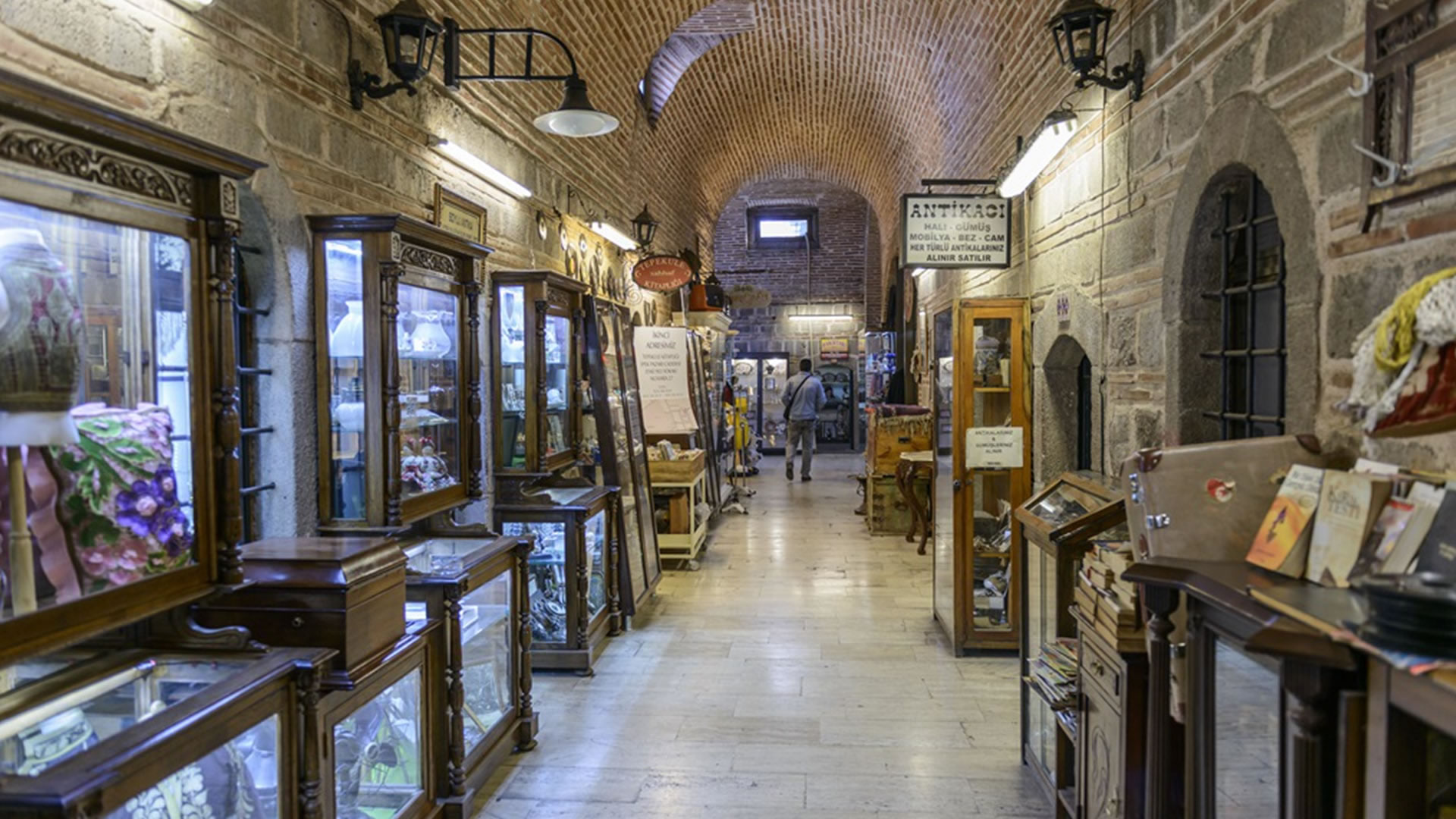Capital of the Hittite Empire Hattusa Ancient City

Hattusa Ancient City, one of the most important archaeological settlements in Anatolia, is known as the capital of the Hittite Empire. This ancient city is located in the Çorum province of Turkey today. During the zenith of the Hittite Empire, between the 17th and 13th centuries BCE, Hattusa became a significant center politically, culturally, and religiously. This important ancient city, listed on the UNESCO World Heritage List, offers visitors a rich experience of history and culture.
The history of Hattusa dates back to around 2500 BCE. However, its real significance begins with the rise of the Hittite Empire. Under Hittite rule, Hattusa quickly became an important center and was declared the capital in the 17th century BCE. During this period, the city was adorned with grand palaces, temples, walls, aqueducts, and royal tombs.
In the 13th century BCE, one of the most prosperous periods of the Hittite Empire, Hattusa flourished as the political and cultural hub of the region. However, around 1200 BCE, after a series of invasions and internal turmoil, along with the collapse of the Hittite Empire, Hattusa fell into ruin. The city lost its significance thereafter and was eventually abandoned.
The architectural structure of Hattusa reflects the characteristic features of the Hittite civilization. The city was surrounded by a massive wall and contained various structures including palaces, temples, public buildings, warehouses, and ordinary citizens' houses. The palaces served as the residence of the Hittite kings and typically included large courtyards, ceremonial halls, and administrative chambers.
One of the most significant architectural features of Hattusa is the Great Temple. This temple was dedicated to the Hittite gods and served as a center for various religious rituals. Additionally, the city boasted a sophisticated water management system used to supply water to temples and palaces.
Hattusa regained importance in the late 19th century with the onset of modern archaeological research. Excavations unearthed vast areas of the city and revealed many important artifacts. Today, Hattusa and its surroundings serve as an open-air museum and tourist area. Visitors have the opportunity to trace the footsteps of the Hittite civilization and experience the grandeur and richness of the ancient past.
Hattusa Ancient City played a significant role as the magnificent capital of the Hittite Empire. Today, this ancient city is internationally recognized for its archaeological riches and historical significance. Hattusa offers visitors the opportunity to explore the traces of one of Anatolia's ancient civilizations and uncover the mysteries of the past.
The history of Hattusa dates back to around 2500 BCE. However, its real significance begins with the rise of the Hittite Empire. Under Hittite rule, Hattusa quickly became an important center and was declared the capital in the 17th century BCE. During this period, the city was adorned with grand palaces, temples, walls, aqueducts, and royal tombs.
In the 13th century BCE, one of the most prosperous periods of the Hittite Empire, Hattusa flourished as the political and cultural hub of the region. However, around 1200 BCE, after a series of invasions and internal turmoil, along with the collapse of the Hittite Empire, Hattusa fell into ruin. The city lost its significance thereafter and was eventually abandoned.
The architectural structure of Hattusa reflects the characteristic features of the Hittite civilization. The city was surrounded by a massive wall and contained various structures including palaces, temples, public buildings, warehouses, and ordinary citizens' houses. The palaces served as the residence of the Hittite kings and typically included large courtyards, ceremonial halls, and administrative chambers.
One of the most significant architectural features of Hattusa is the Great Temple. This temple was dedicated to the Hittite gods and served as a center for various religious rituals. Additionally, the city boasted a sophisticated water management system used to supply water to temples and palaces.
Hattusa regained importance in the late 19th century with the onset of modern archaeological research. Excavations unearthed vast areas of the city and revealed many important artifacts. Today, Hattusa and its surroundings serve as an open-air museum and tourist area. Visitors have the opportunity to trace the footsteps of the Hittite civilization and experience the grandeur and richness of the ancient past.
Hattusa Ancient City played a significant role as the magnificent capital of the Hittite Empire. Today, this ancient city is internationally recognized for its archaeological riches and historical significance. Hattusa offers visitors the opportunity to explore the traces of one of Anatolia's ancient civilizations and uncover the mysteries of the past.



